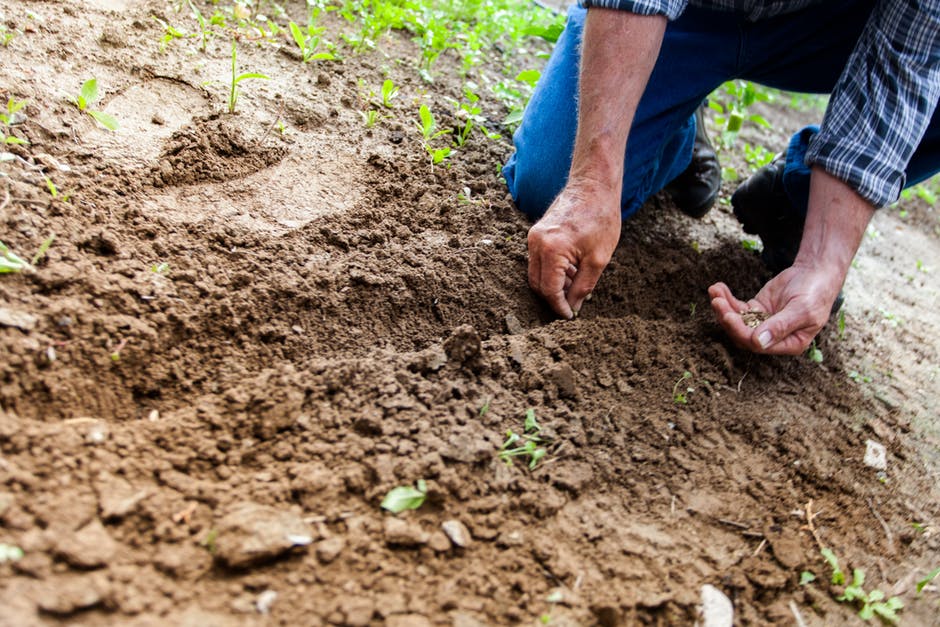
In May begins a particularly favorable period for sowing. Follow a few simple rules to improve your chances of success and get a quick lift. The faster a seed germinates, the stronger the plant will be.
Use valid seeds
If you just bought the seeds and they are still in the bag, no problem. They have an optimal germination power. On the other hand, if your bag of seeds dates from last year, moreover if it has been opened, it is better to check that the seeds are not too old. To test them, take 10 seeds and spread them between 2 sheets of damp paper towel. Roll it all up and slip it into an airtight plastic bag that you place in a warm place. Check the progress of the seeds often. If less than 7 seeds have germinated, it will be necessary to increase the density at the time of sowing.
Sow when the soil is warm
If it’s still too cold, wait for it to warm up enough. If the weeds are starting to sprout, that’s a good sign: you can get started. There’s another sign that doesn’t lie either: blooming lilacs herald the start of sowing time.
Carefully prepare the plot
Clean and finely crumble the soil to obtain a loose seedbed (otherwise the fine seeds will have difficulty breaking through).
Distribute your small seeds cleverly
Very small seeds have a tendency to stick to your fingers, resulting in clumped emergence. Use a flexible cardboard folded in a gutter that you tap gently or better still, a salt shaker which, shaken with caution, will allow you to better distribute your seeds.
Prefer row seeding rather than broadcast
In addition to the ease of maintenance, row culture lends itself better to mulching when the plants are sufficiently developed.
Make sure your seedlings don’t run out of water
Before sowing, water the bottom of the furrow thoroughly. Then lay the seeds in and cover them with a little peat, fine potting soil, chopped straw or grass clippings. These last two will prevent water loss in case of high heat.
Tamp down the soil, but not too much
You can use a small board in the vegetable garden or the flat rake. In pots, press gently with the back of your hand or press lightly with the base of an empty pot.
